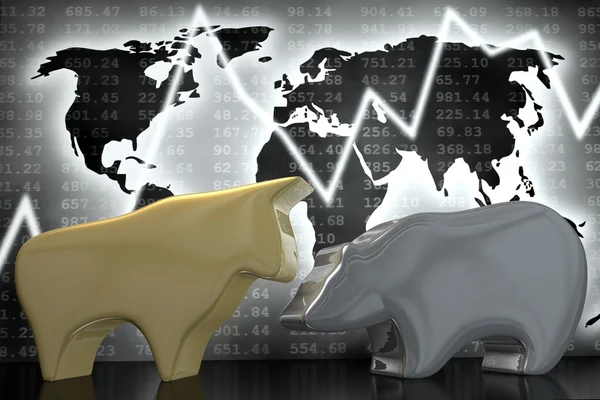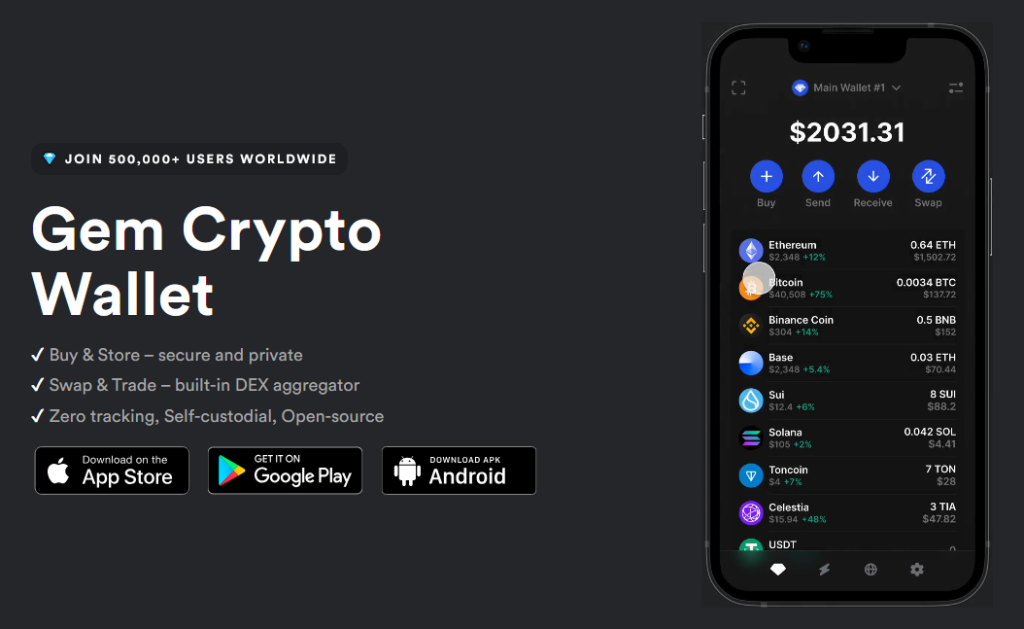The foreign exchange market, or Forex, is a global financial arena where currencies are traded. This vast, decentralized market is the world’s largest, with a daily trading volume exceeding $6 trillion. It operates 24 hours a day, five days a week, facilitating international trade and investments by enabling currency conversion. For businesses, investors, and governments, the Forex market is indispensable for global economic operations.
Unveiling the Forex Market: An Overview

The Forex market is where currencies are bought, sold, and exchanged at current or determined prices. Its immense size and continuous operation are due to the need to exchange currencies for global trade and investment. Unlike stock markets, Forex lacks a centralized exchange, operating instead through a network of computers and telephones. This market’s participants range from international banks and governments to retail investors, each contributing to Forex’s liquidity and dynamic nature.
The Dual Forces: Speculation and Trade

Forex trading is driven by two main activities: speculation and trade. Speculators seek to profit from currency value fluctuations, whereas trade-related transactions are aimed at exchanging currencies for international business operations. Speculative trading dominates the market, accounting for a significant portion of daily transactions. This speculative activity adds liquidity, enabling the constant buy and sell operations that keep the market vibrant and prices reflective of the latest economic indicators.
Key Players in the Forex Ecosystem

The Forex market’s ecosystem is populated by diverse participants, including central banks, commercial banks, investment banks, brokers, hedge funds, retail traders, and multinational corporations. Central banks play a pivotal role, intervening as needed to stabilize their currencies. Commercial and investment banks engage in trading and provide services to clients. Retail traders access the market via brokers, contributing to its liquidity, while multinational corporations deal in Forex to manage currency risk associated with their global operations.
Analyzing Major Currency Pairs and Trends

Forex trading primarily revolves around the major currency pairs, which include EUR/USD, USD/JPY, GBP/USD, USD/CHF, AUD/USD, and USD/CAD. These pairs are the most traded, offering high liquidity and lower spreads. The value of these currencies against one another is influenced by factors like interest rates, economic indicators, and geopolitical events. Trends in the Forex market can be volatile, with rapid changes driven by global economic shifts or sudden political developments.
Comparison Table of Major Currency Pairs
| Currency Pair | Characteristics | Average Daily Volume |
|---|---|---|
| EUR/USD | High liquidity, low spreads | Highest |
| USD/JPY | Sensitive to political news | Very High |
| GBP/USD | Prone to volatility | High |
| USD/CHF | Less prone to big shocks | Moderate |
| AUD/USD | Influenced by commodity prices | Moderate |
| USD/CAD | Affected by oil price changes | Moderate |
The Role of Technology in Forex Trading

Technology has revolutionized Forex trading, making it accessible to a broader audience. Online platforms and mobile apps enable real-time trading and analysis, allowing retail investors to participate alongside institutional traders. Algorithmic trading has also become prevalent, with computer programs executing trades based on predefined criteria, thus increasing market efficiency. Furthermore, technology facilitates risk management through automated tools that help traders make informed decisions.
Regulatory Frameworks Governing Forex Markets

Forex markets are governed by regulatory bodies across the globe, ensuring transparency and protecting investors. Regulations vary by country but generally include measures to prevent fraud, financial abuse, and manipulation. In the United States, the Commodity Futures Trading Commission (CFTC) and the National Futures Association (NFA) oversee Forex trading. The European Union has its own set of regulations, implemented by member states’ financial authorities. These regulatory frameworks are essential for maintaining the integrity of Forex markets, providing a safer trading environment for participants.
In conclusion, the Forex market’s financial ecosystem is a complex and dynamic domain, where various forces and participants interact to facilitate global trade and investment. Understanding the market’s fundamental aspects, from the roles of key players to the impact of technology and regulatory environments, is crucial for anyone looking to navigate Forex successfully. Whether for speculation or trade, Forex offers unparalleled opportunities for those prepared to delve into its depths.







Forex does not have a central exchange. It uses computers and phones to operate.
Understanding key players and technology in Forex is important for success.
The Forex market is the biggest with over $6 trillion daily. It helps with global trade.
Technology makes Forex trading accessible to many people through apps and platforms.
Speculative trading in Forex is very common. It adds liquidity to the market.
Central banks are very important in the Forex market as they stabilize currencies.
Major currency pairs like EUR/USD have high liquidity and low spreads.
Regulations in Forex are there to prevent fraud and protect investors.